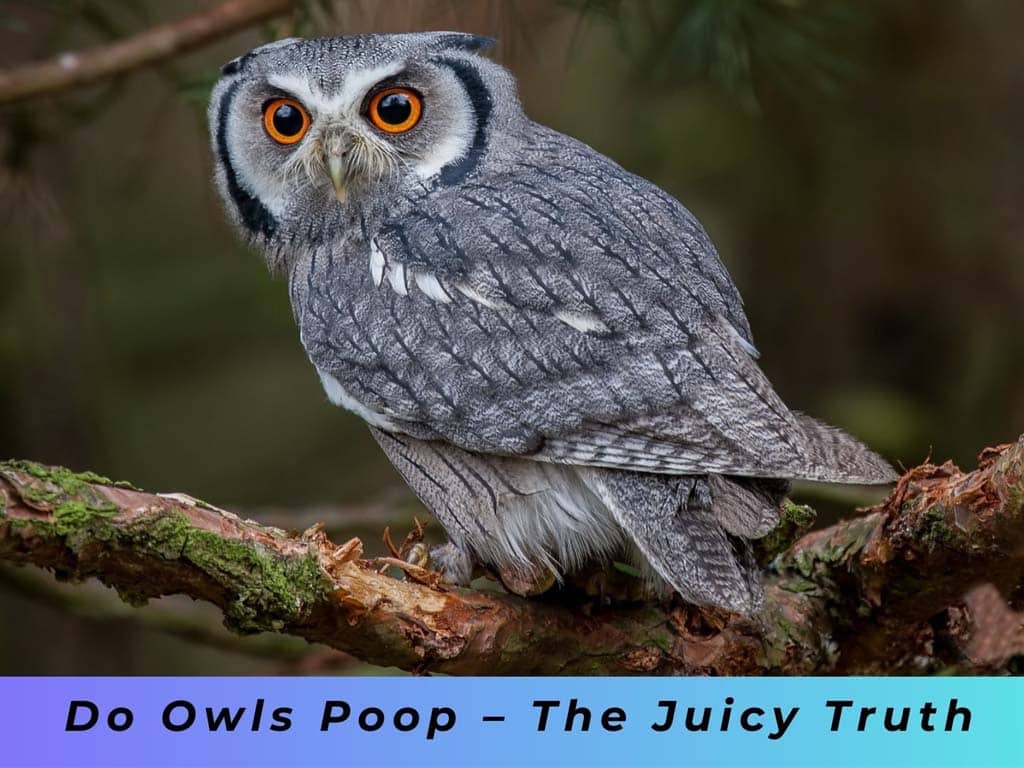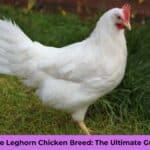Have you ever gazed at an owl perched majestically in a tree and wondered, “Do owls poop?” Well, you’re not alone!
The question of how owls poop has intrigued nature enthusiasts and curious minds for ages.
In this comprehensive guide, we’ll dive deep into the fascinating world of owl excrement, exploring the ins and outs of their unique digestive process.
Get ready to uncover the juicy truth about owl droppings and discover why these nocturnal birds have such an unusual approach to waste elimination.
From understanding how owls poop to learning about their peculiar pellet production, we’ll answer all your burning questions about owl excretion.
Do Owls Poop? The Basic Truth
Let’s address the elephant in the room right off the bat: owls do indeed poop. However, their excretion process is quite different from what you might expect. These majestic birds of prey have evolved a unique two-part system for dealing with waste, which includes both pellet regurgitation and liquid defecation.
To understand owl poop, we first need to grasp the basics of their digestive system:
- Owls swallow their prey whole or in large chunks.
- Their stomachs separate digestible and indigestible materials.
- Indigestible parts form owl pellets.
- Digestible parts continue through the digestive tract.
- Liquid waste is expelled as whitewash.
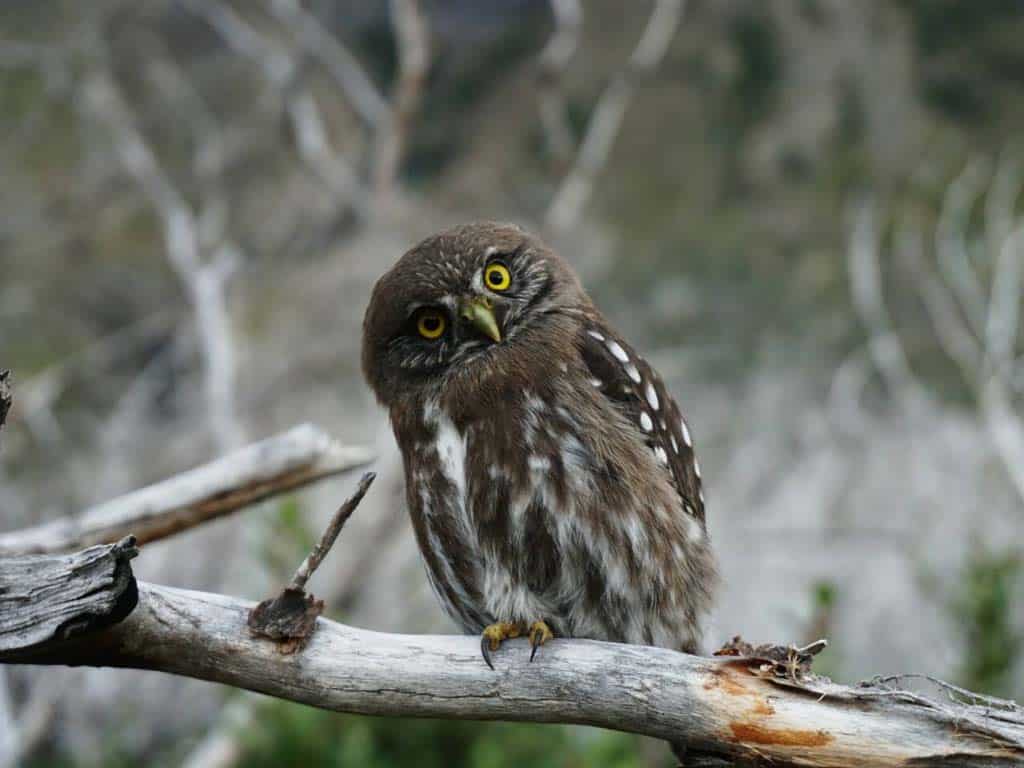
This dual-system approach to waste elimination sets owls apart from many other birds and contributes to their efficient hunting and survival strategies.
How Do Owls Poop? The Peculiar Process of Owl Digestion
To truly appreciate the uniqueness of owl excrement, we need to take a closer look at their digestive process. Unlike humans and many other animals, owls have a rather straightforward digestive tract. Here’s a step-by-step breakdown of how an owl processes its food:
- Capture and swallow: Owls catch their prey using sharp talons and swallow it whole or in large pieces.
- Stomach separation: The owl’s stomach separates digestible soft tissues from indigestible parts like bones, feathers, fur, scales, and claws.
- Pellet formation: Indigestible materials are compacted into a pellet in the gizzard.
- Nutrient absorption: Digestible parts move through the intestines, where nutrients are absorbed.
- Waste formation: Liquid waste, including uric acid, is produced as a byproduct of digestion.
- Excretion: Liquid waste is expelled through the cloaca as whitewash, while pellets are regurgitated through the mouth.
This efficient system allows owls to extract maximum nutrition from their prey while quickly eliminating waste materials that could otherwise weigh them down during flight.
Check this out Herons In Michigan – The Complete Guide To 8 Michigan Herons
Beyond Poop: Do Owls Produce Pellets?
One of the most fascinating aspects of owl digestion is the production of owl pellets. These compact packages of indigestible materials are not, strictly speaking, poop, but they play a crucial role in the owl’s waste elimination process.
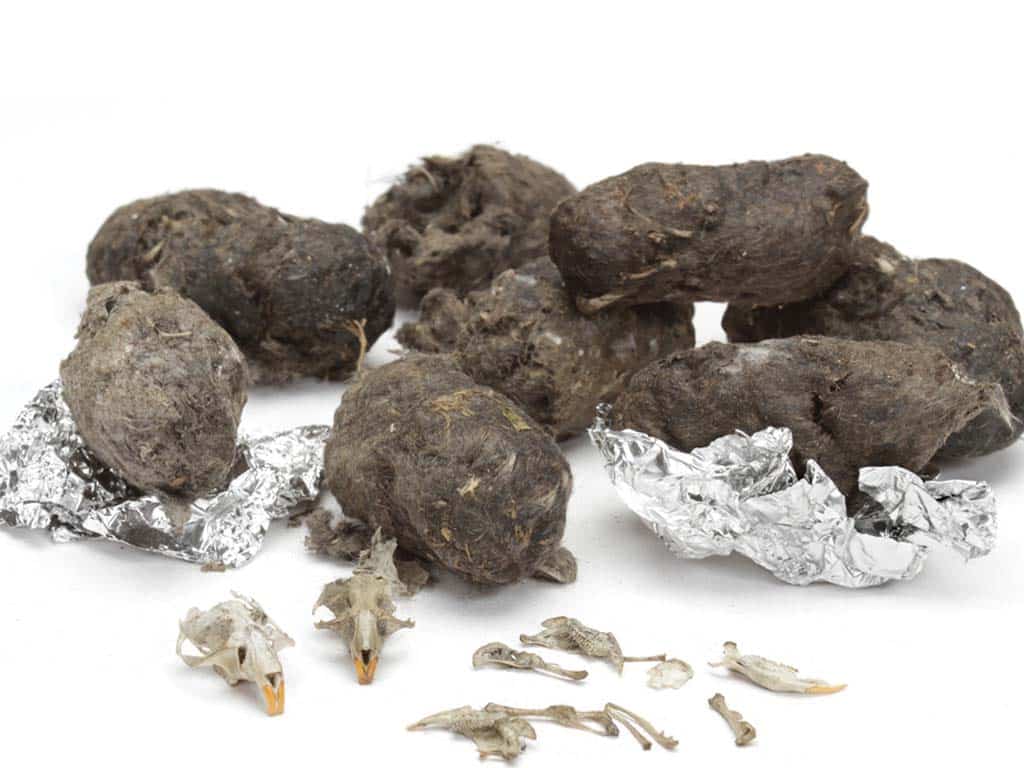
What Exactly Are Owl Pellets?
Owl pellets are regurgitated masses of undigested animal parts from the owl’s prey. They typically contain:
- Bones
- Teeth
- Fur
- Feathers
- Scales
- Claws
The composition of owl pellets can vary depending on the owl’s diet and species. For example, a Long-eared Owl that primarily feeds on small mammals will produce pellets with more bones and fur, while a fish-eating owl’s pellets might contain fish scales and bones.
The Science Behind How Owls Poop and Form Pellets
The formation of owl pellets is a remarkable process:
- After swallowing prey, the owl’s gizzard separates soft, digestible tissues from hard, indigestible parts.
- The indigestible materials are compacted into a tight pellet.
- This pellet moves back up to the proventriculus (first part of the stomach).
- Several hours after eating, the owl regurgitates the pellet.
“Owl pellets are like time capsules, providing a snapshot of the owl’s recent meals and local ecosystem.” – Connor, Wildlife Biologist
Ecological Importance of Owl Pellets and Poop
Owl pellets serve several important ecological functions:
- Nutrient cycling: Pellets return nutrients to the ecosystem as they decompose.
- Research tool: Scientists use pellets to study owl diets and local prey populations.
- Educational resource: Pellet dissection is a popular activity for teaching about food webs and animal biology.
Check this out How Long Does a Quail Live? The Vulnerable Lives Of Quail
Do Owls Poop Out of Their Mouths? The Truth About Owl Mouths
A common misconception is that owls poop out of their mouths. This myth likely stems from observations of owls regurgitating pellets. However, it’s important to clarify that pellet regurgitation is not the same as defecation.
How Pellet Regurgitation Works
- The pellet forms in the gizzard.
- It moves up to the proventriculus.
- The owl opens its beak wide.
- Neck muscles contract, pushing the pellet out.
- The entire process takes only a few seconds.
While this may look similar to vomiting, it’s a normal and necessary process for owls. In fact, owls cannot eat again until they’ve regurgitated the pellet from their previous meal.
Whitewash: How Do Owls Poop Liquid Waste?
Now that we’ve cleared up the misconception about owl mouths, let’s talk about whitewash – the true owl poop.
What is Whitewash?
Whitewash is the liquid waste produced by owls. It’s called “whitewash” because of its distinctive white color, which comes from the high concentration of uric acid it contains. Unlike mammals, birds excrete uric acid as a way to conserve water.
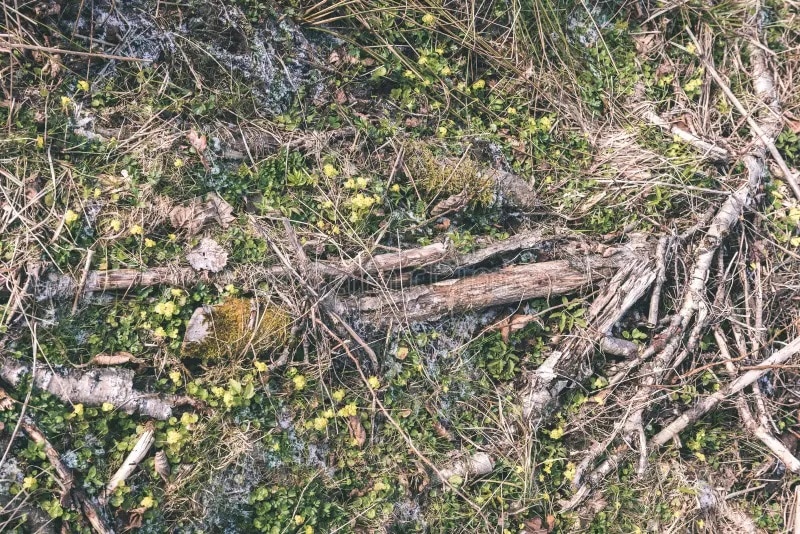
Chemical Composition of Owl Poop
Owl whitewash typically consists of:
| Component | Function |
| Uric acid | Nitrogen waste product |
| Water | Liquid medium |
| Salts | Electrolyte balance |
| Pigments | Byproducts of metabolism |
Check this out Do Crows Eat Other Birds? The Disturbing Truth
Why Don’t Owls Poop Solid Waste?
Unlike many other birds, owls don’t produce solid droppings. This is due to several factors:
- Efficient digestion: Owls extract maximum nutrients from their prey.
- Water conservation: Uric acid excretion requires less water than urea (found in mammal urine).
- Flight adaptation: Liquid waste is lighter and easier to expel during flight.
This liquid waste is expelled through the cloaca, the same opening used for reproduction and egg-laying.
When Do Owls Poop? The Timing of Owl Excretion
Understanding when and how often owls poop and produce pellets gives us insight into their daily lives and hunting habits.
Nocturnal Habits and How They Affect Owl Poop
As nocturnal creatures, owls have adapted their digestive processes to suit their nighttime lifestyle:
- Most hunting and eating occurs at night.
- Digestion continues through the day while owls rest.
- Pellet regurgitation often happens before the evening hunt.
How Often Do Owls Poop?
The frequency of owl defecation and pellet production can vary based on several factors:
- Species: Larger owls may produce fewer, but larger pellets.
- Diet: Prey type and quantity affect excretion frequency.
- Age: Young owls may produce pellets more frequently as they’re learning to hunt.
On average:
- Owls produce 1-2 pellets per day.
- Whitewash is expelled several times a day, often before taking flight.
“Observing owl excretion patterns can provide valuable insights into their hunting success and overall health.” – Connor, Wildlife Biologist
Why Does It Matter How Owls Poop? The Ecological Importance
Owl excrement plays a more significant role in ecosystems than you might think. Let’s explore how these waste products contribute to the environment:
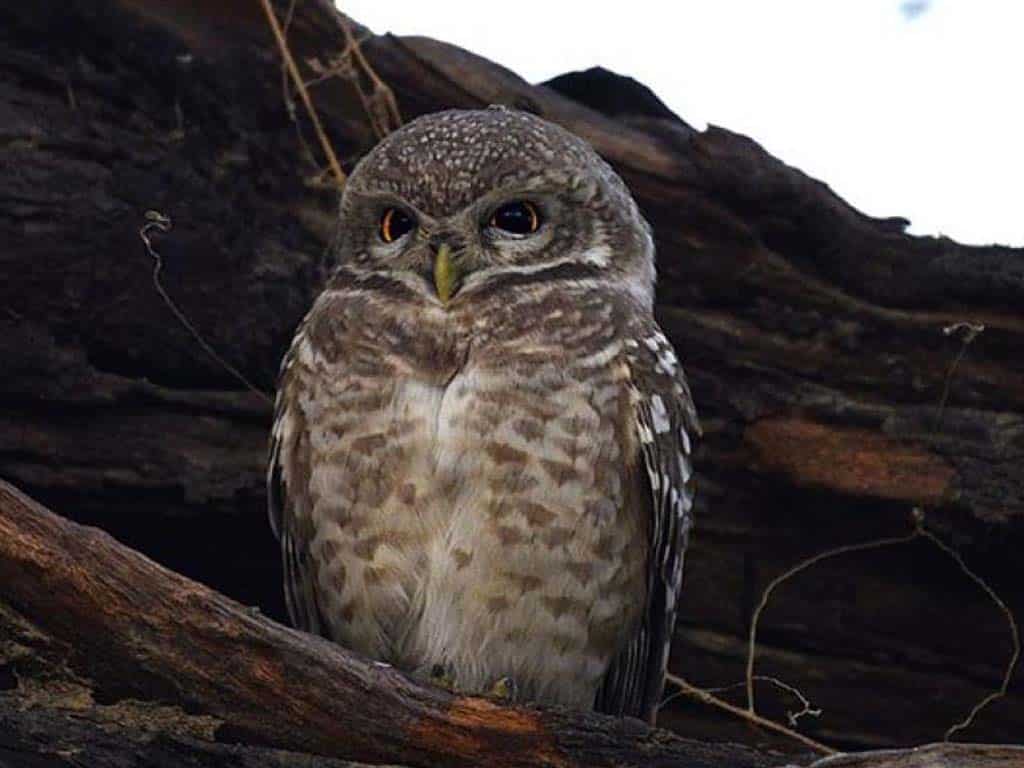
Nutrient Cycling
- Whitewash fertilizes soil beneath roosts and nesting sites.
- Decomposing pellets release nutrients back into the ecosystem.
- This process supports plant growth and soil health.
Check this out Do hawks attack people? why are hawks Aggressive to people?
Research Applications
Scientists use owl excrement to study:
- Local biodiversity
- Prey population dynamics
- Environmental contaminants
- Climate change effects on ecosystems
Educational Tools
Owl pellets are widely used in educational settings:
- Students dissect pellets to learn about food webs.
- Pellet analysis teaches bone identification and animal anatomy.
- It provides hands-on experience with the scientific method.
Owl Excretion Across Different Species
While all owls share the basic two-part excretion system, there are some variations across species:
Barn Owl (Tyto alba)
- Produces dark, tar-like pellets
- Whitewash is particularly corrosive due to high acid content
Great Horned Owl (Bubo virginianus)
- Large pellets, often containing bones from bigger prey
- Whitewash can be quite voluminous
Burrowing Owl (Athene cunicularia)
- Smaller, more frequent pellets
- Often decorates burrow entrance with whitewash
Comparison Table
| Species | Pellet Size | Pellet Frequency | Whitewash Characteristics |
| Barn Owl | Medium | 1-2 per day | Highly acidic |
| Great Horned Owl | Large | 1 per day | Voluminous |
| Burrowing Owl | Small | 2-3 per day | Used for burrow marking |
Human Interactions with Owl Excretion
Believe it or not, owl poop and pellets have several applications in human activities:
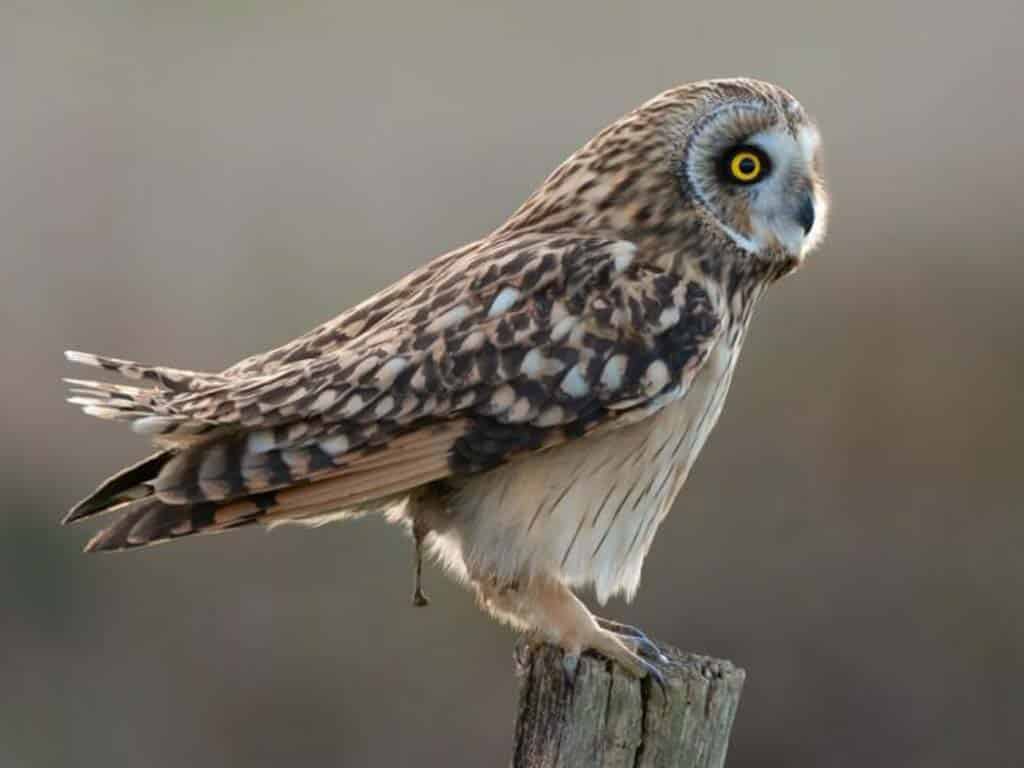
Citizen Science Projects
Many organizations involve the public in owl research:
- Pellet collection programs
- Roost site monitoring
- Whitewash pattern documentation
These projects contribute valuable data to owl conservation efforts.
Check this out Crane Vs Heron – The Complete Comparison
Pellet Dissection: A Window into Owl Diet
Pellet dissection is a popular activity that offers insights into:
- Local food webs
- Owl hunting behavior
- Prey species diversity
Caution: Always use protective gear when handling owl pellets, as they may contain harmful bacteria.
Conclusion: The Underappreciated Wonders of Owl Poop
As we’ve discovered, the question “Do owls poop?” opens up a fascinating world of avian biology and ecology. From the unique two-part excretion system to the valuable scientific insights gleaned from owl droppings, these nocturnal birds continue to amaze us with their adaptations.
The next time you spot an owl or find a pellet in the woods, remember the complex processes and ecological significance behind these often-overlooked aspects of nature. Owl excrement, in all its forms, plays a crucial role in maintaining healthy ecosystems and provides us with valuable tools for understanding the natural world.
FAQs About Owl Excretion
Q: Can you identify an owl’s diet from its poop?
A: Not from whitewash, but owl pellets reveal diet through undigested prey remains like bones and fur.
Q: Is owl poop harmful to humans?
A: Owl whitewash can carry bacteria like Salmonella. Always wash hands after contact with animal droppings.
Q: How quickly do owls produce pellets?
A: Owls typically produce a pellet 6-10 hours after eating, before their next hunt.
Q: Do other birds of prey make pellets?
A: Yes, but owl pellets contain more complete skeletal remains due to less acidic stomachs.
Q: Can owl poop be used as fertilizer?
A: Owl whitewash contains nutrients but isn’t commercially used due to small quantities produced.

